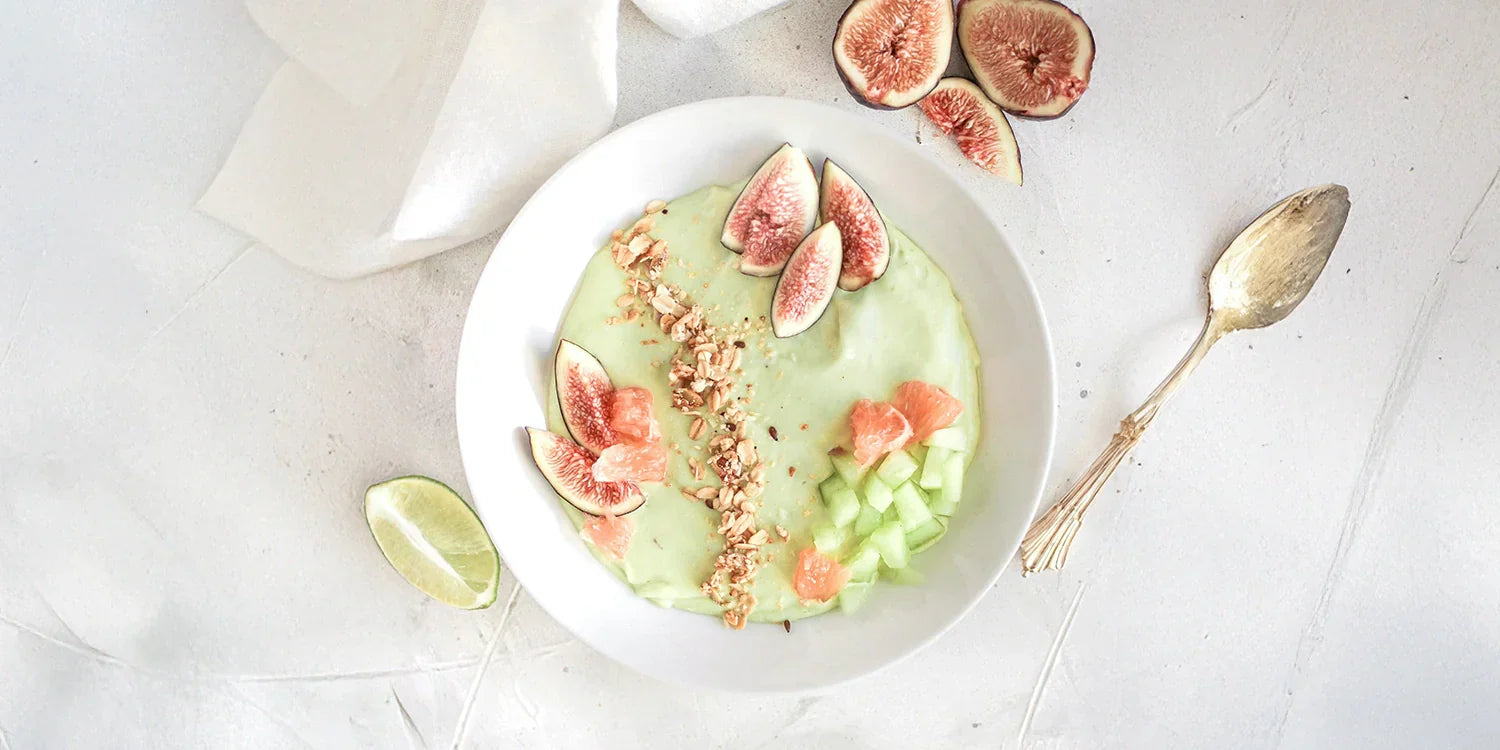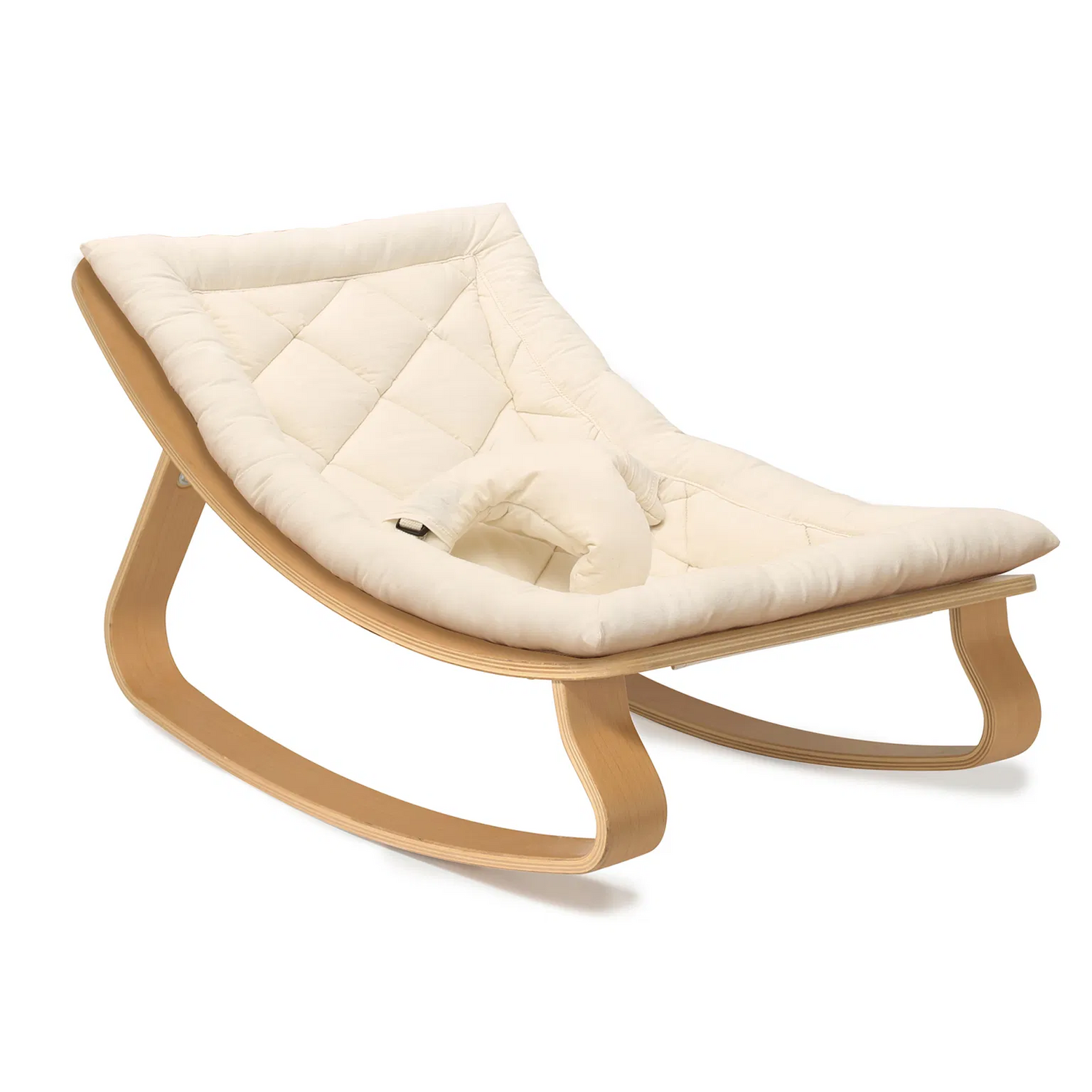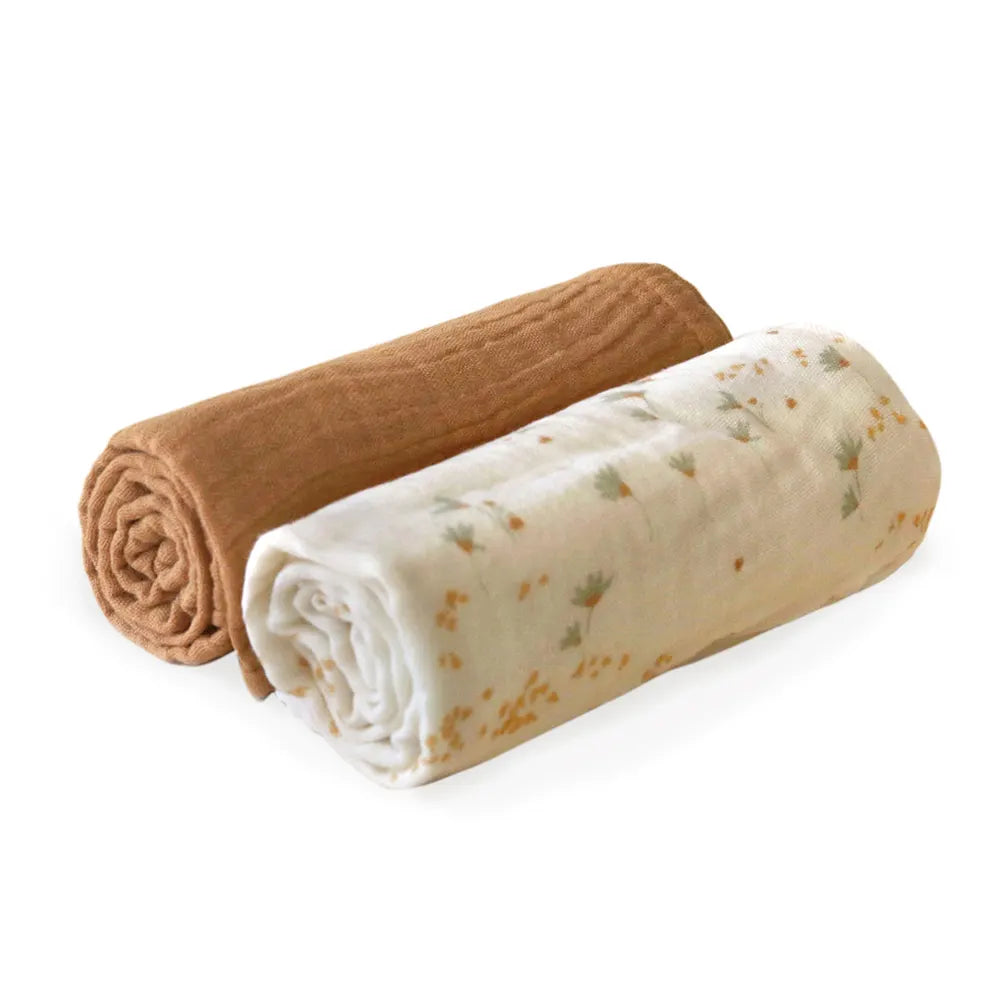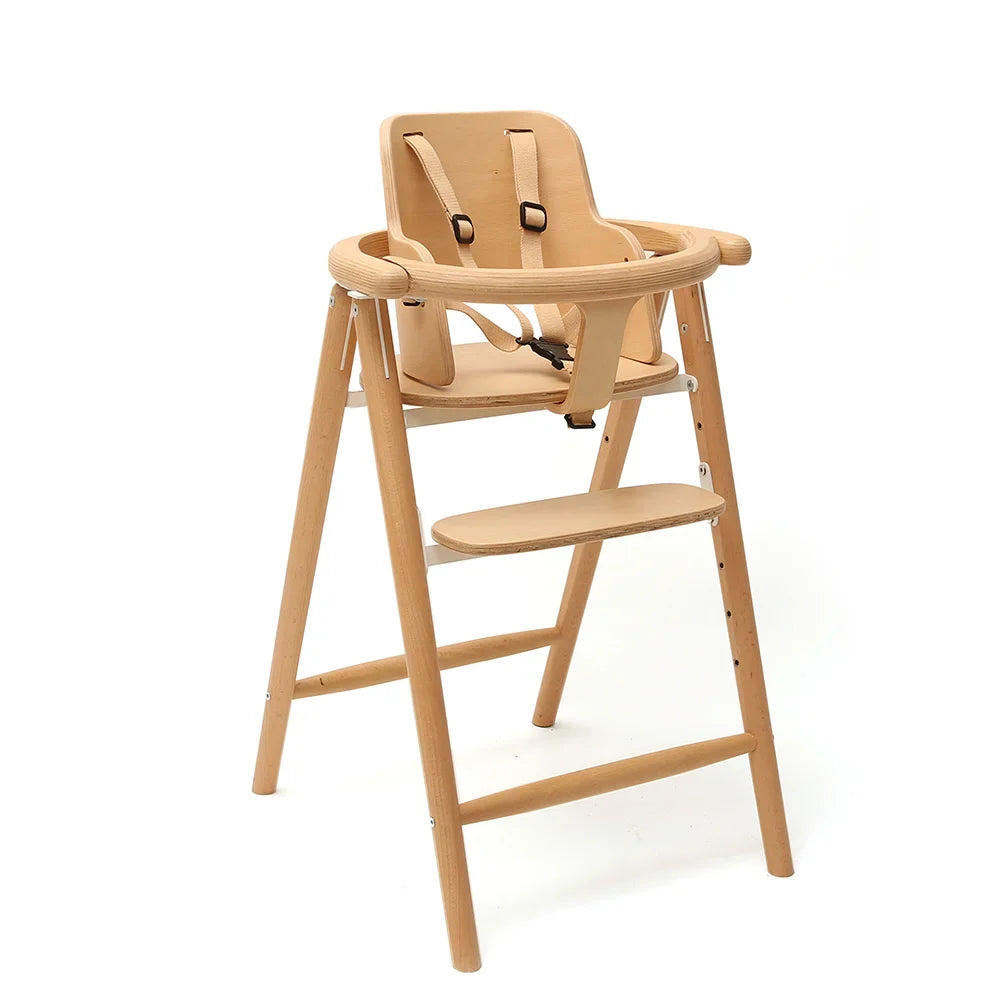Baby's table: it's time for dietary diversification!
At what age can we start giving him purees? When do we switch to chunks? What is DME? Sometimes it feels like you have to pass a “CAP Petite Enfance” to take care of your child... and even more so at the time of dietary diversification. Fortunately, there are professionals to guide us. Charlie Crane went to meet Clémence Maumené, founder of the website Cuisinez pour bébé and author of the book of the same name. This young mother of two gives us all the secrets she needs to make the stress-free transition from bottles to purées!

Charlie Crane : Clémence, could you introduce yourself and tell us what you do for a living?
Clémence Maumené : I studied agri-food engineering. When I had my first child, I really wanted to prepare homemade recipes for him. Then, as time went by, I became the “diversification referent” in my circle of friends and family. I realized that it wasn't as simple as all that. You have to ask yourself a lot of questions: when do you give it, when do you find the time to cook in our already busy days... In any case, my girlfriends couldn't manage it. Basically, I created “Cooking for Baby” as a blog to share my recipes and batch cooking techniques. In the end, my girlfriends weren't the only ones struggling, and the blog quickly took off. Now, I offer a baby menu with all the week's batch cooking recipes. I've also written a book called “Cuisinez pour bébé” (Cook for baby) with a hundred or so recipes adapted to food diversification. We also have a phone application.
Charlie Crane: When can we start diversifying our baby's diet?
Clémence Maumené: My advice is based on scientific studies and official recommendations. Today, we say that the best window is between 4 and 6 months for many reasons. This is the period when baby's digestive maturity is taking shape. He can eat something other than milk, which in any case no longer covers all his nutritional needs. It's also a good time to limit allergies.
Charlie Crane: What are the main stages in food diversification?
Clémence Maumené: They're just a guide. All children are different, so if you don't fit in, don't worry! We break them down into 4 main stages:
-
Between 4 and 6 months: time for first meals. Baby is discovering smooth textures. You can offer simple, plain vegetable purées. Any food family can be given. The most interesting thing is to tame vegetables, as these are the foods most likely to be rejected and the most nutritious.
- From 6-8 months: diversity is the name of the game. Ideally, you should introduce as much taste as possible, playing with spices, aromatic herbs and food variety. From 6 months onwards, a small, smooth spoonful of mixed meat can be added at lunchtime, as the baby needs more iron - around 10 grams of protein a day, without any obligation to eat protein every day! Move towards less smooth textures. As soon as baby starts sitting up, there's less risk of choking.
- Mastication becomes established around 9 - 12 months: this is the period of complete meals and textures. You can introduce foods that can be chewed, such as ripe fresh fruit, or small pieces of pasta in mashed potatoes, to add texture. This is also the time to try unmixed cereals in small dishes.
- From 12 months: baby is able to eat everything, he's getting bigger and progressing towards his parents' plate!
Charlie Crane: What are the best conditions for starting to diversify your baby's diet?
Clémence Maumené : The best time to start is at weekends or during the vacations, so that you're available. For a baby, it's a huge novelty. This first experience is a wonderful moment of sharing. For years, we've treated food diversification as a medical stage, whereas feeding is a joy. We don't just fill our babies! Besides, we assimilate nutrients better when we eat consciously, with pleasure.
Charlie Crane: How do you feed a baby for the first time?
Clémence Maumené: As well as having the time, I'd advise putting baby in a bouncer upright or on top of you. With the first spoonfuls, there are no nurturing objectives, it's all about the experience. We don't care if he gets dirty, it's often a moment that we film and send to friends and family... Don't worry if he hasn't eaten enough. If he doesn't want the spoon, you can put him on your finger to suck. We let him play with the spoon outside mealtimes. For the first few meals, don't put any pressure, especially as babies can feel it!
Charlie Crane: When do you put your baby in a highchair for meals?
Clémence Maumené : As soon as baby can sit up on his own, generally around 6 months. Preferably an evolving chair that will stay with you for a long time. I'd also say at table height, to preserve this convivial family moment. The advantage of an evolving chair is that, when the child is ready, he can sit on his own, completely autonomously.
Charlie Crane: Is it a problem if we get tangled up and miss key stages?
Clémence Maumené: You have to let go of your guilt! I'm convinced that we do the best we can, with what we know. Sometimes I get feedback from panicked customers who tell me they haven't done this or that with their children... Recommendations are changing. Today we say that you should give growing-up milk until the age of three, but that hasn't always been the case... The main thing is not to force your child and to have fun.
Charlie Crane: What is DME?
Clémence Maumené: It's child-led diversification. I don't oppose it to classic diversification. With pieces, they can touch and discover textures (from 6 months). Give a piece of fruit for dessert. Touch the fruit and have a spoon. The autonomy aspect at the table is also interesting. I don't label them, because the methods complement each other!
Charlie Crane: And when baby doesn't want to taste anything or doesn't like anything, what do we do?
Clémence Maumené: Some children need more time. They say you have to introduce a food at least 10 times before it's accepted without force. When there's a real distaste, don't hesitate to offer the food in different forms. For example, a carrot can be presented as a stick or puree. Some children need to touch the food before putting it in their mouths. If this becomes a problem, consult your paediatrician. In the event of an orality disorder, he or she can refer you to an occupational therapist or speech therapist.
Charlie Crane: What's batch cooking?
Clémence Maumené: It's cooking all the week's meals at once. In less than 2 hours, parents cook ten dishes from Monday to Friday. We keep what we eat in two days in the fridge and freeze the rest of the week. It takes time, but it's homemade and we enjoy it all week long. The most complicated part is designing the menu, which is our added value. Having variety while optimizing the menu is what we propose on our website and in my book.
Charlie Crane: In the end, what's the most important part of this dietary diversification stage?
Clémence Maumené : There can be a guilt-ridden side to the hard-line advice. You have to do this and that... Some recommendations are good, but you can't get stuck on them. Adapting, picking out what you like and adapting to your baby are essential, otherwise it's a source of stress, frustration and irritation. Keep in mind that pleasure is at the heart of feeding!
Many thanks to Clémence and Jonas for their time!
Go further with cuisinez-pour-bebe.fr/











